Welcome to Our Summer Interns!
Meet Grayson and Grace—two of our outstanding summer interns at the Ohio History Connection!
On Sunday, March 17, 1918, the Columbus Dispatch reported that later that afternoon, “Mrs. Noah Elliot, wife of the late Dr. Elliot, will throw the first shovel of dirt at the ground breaking of the new Spring St. YMCA.” Mrs. Elliot, near 90 years in age, had been born a slave before the Civil War. In 1918, she and her husband contributed $500 to the YMCA building fund.
Many African Americans, born slave or free, had begun to move into Columbus, Ohio, around 1915. This was part of an early wave of what historians now term the Great Migration.
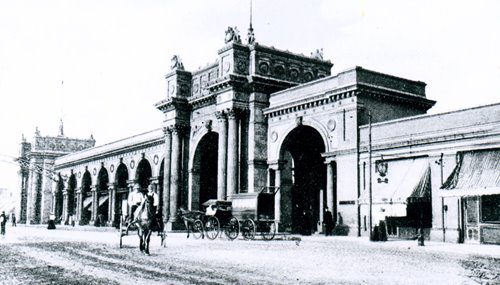
Many migrants to Columbus arrived at Union Station.
During the Great Migration, many northern cities, including Columbus, were racially segregated. African Americans in Columbus lived in separated communities,chief among them the Near East Side.
As the Great Migration continued, the African American population in Ohio grew exponentially, leading to a need for services such as those provided by the Spring Street YMCA.
The Spring Street YMCA was built into the growing and thriving African American community on the Near East Side of Columbus. Most members of the community came into contact with the Spring Street YMCA in one way or another. By flipping through the YMCA’s records in the Ohio History Connection Archives/Library, we can learn a lot about life on the Near East Side during the twentieth century.
During the 1910s, the leaders of the African American community promoted the building of a YMCA on the East Side. Even before the building was completed, these leaders were the first to sign their name to the Spring Street YMCA’s membership rolls. In these images of early atheltic activities we can find doctors, dentists, and businessmen. You can use the images in this business directory of the neighborhood to identify some of the men in the photographs below.
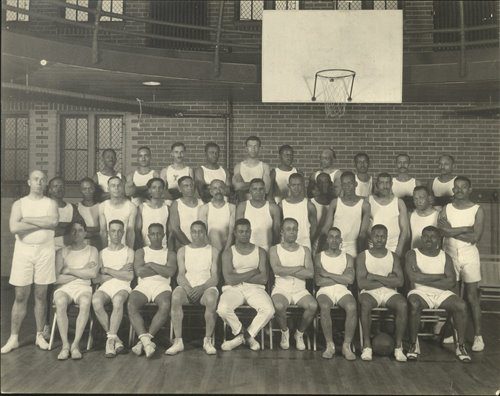
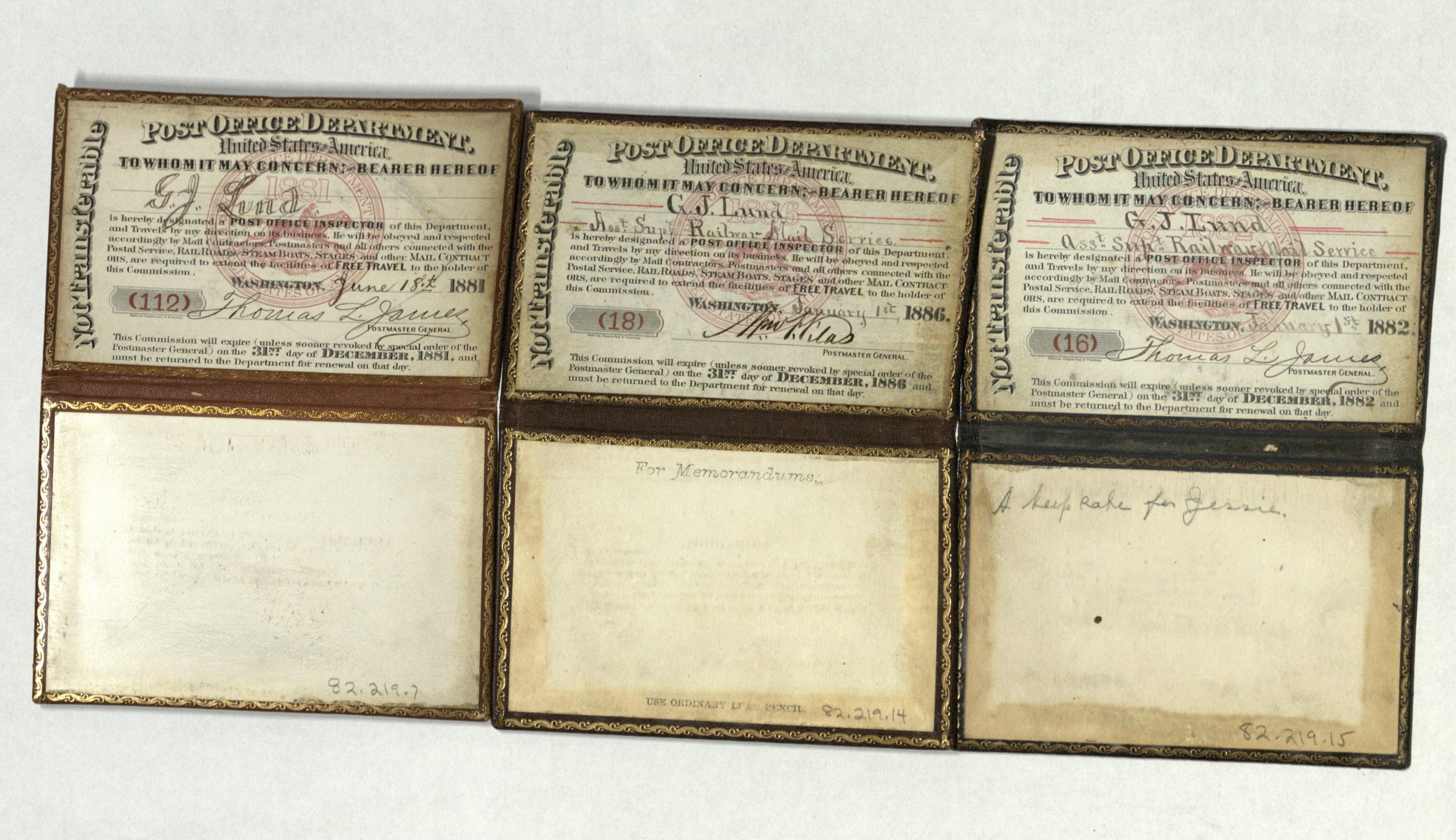
As the second wave of the Great Migration began during World War II, the YMCA on Spring Street provided a great place for new migrants to land. The dormitory on site provided affordable housing for mostly young, single men who were new to town, still getting on their feet, or attending college courses (dormitories at Ohio State University, as at most colleges of the time, were not open to African American students. This meant living on the East Side and commuting to classes every day.)
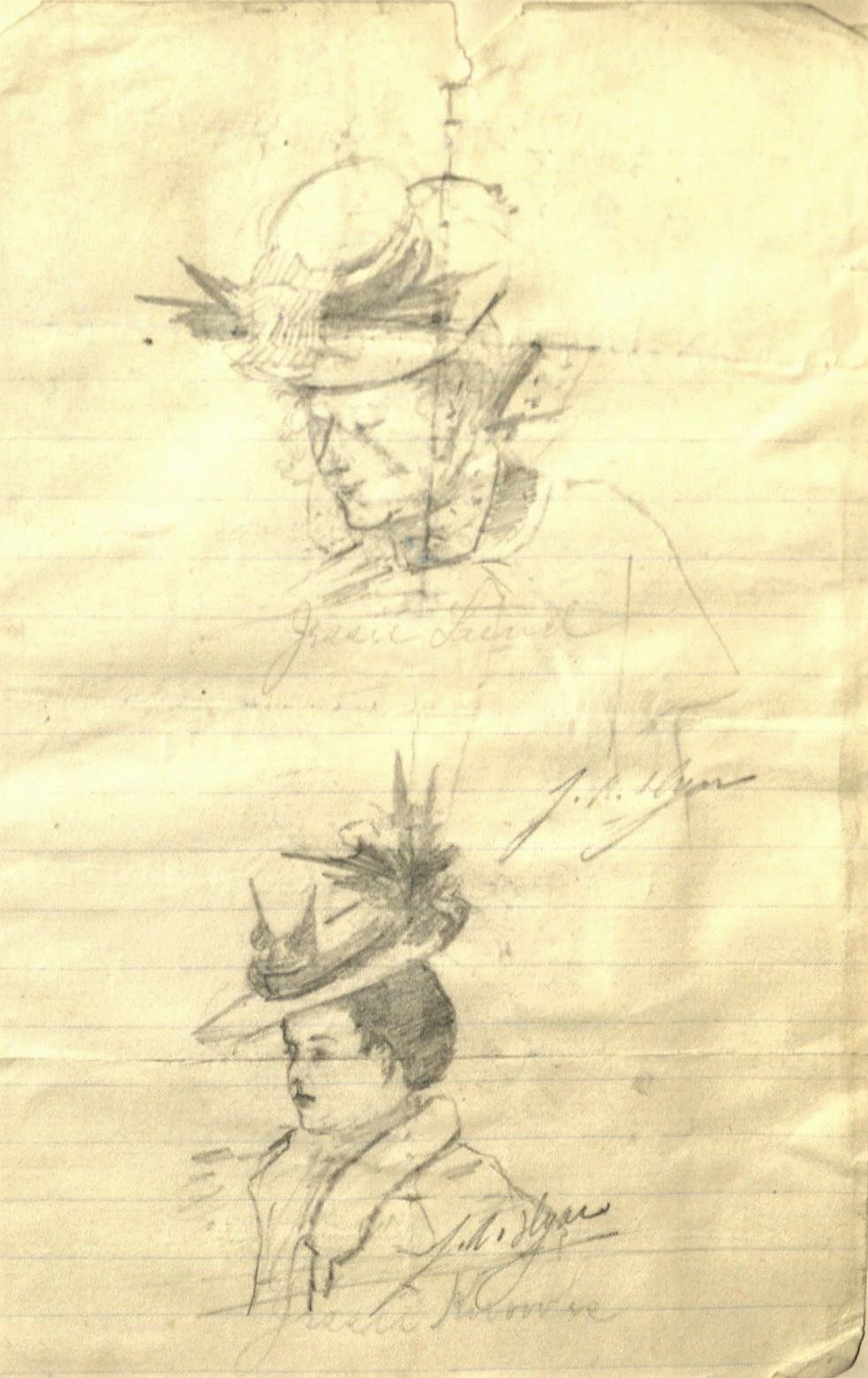
The East Side YMCA Collection includes a register of all the men who stayed at the dormitory.
During the 1950s, 1960s, and 1970s, the YMCA continued to provide services for community members of all ages. Boys went to the YMCA to play basketball (split into teams based on the church they attended), young adults attended weekend dances, and adults could enroll in useful classes. Local clubs and groups could rent rooms for their meetings. There was always something going on at the YMCA, and it was a great place for members of the community to come together and enjoy each other’s company.
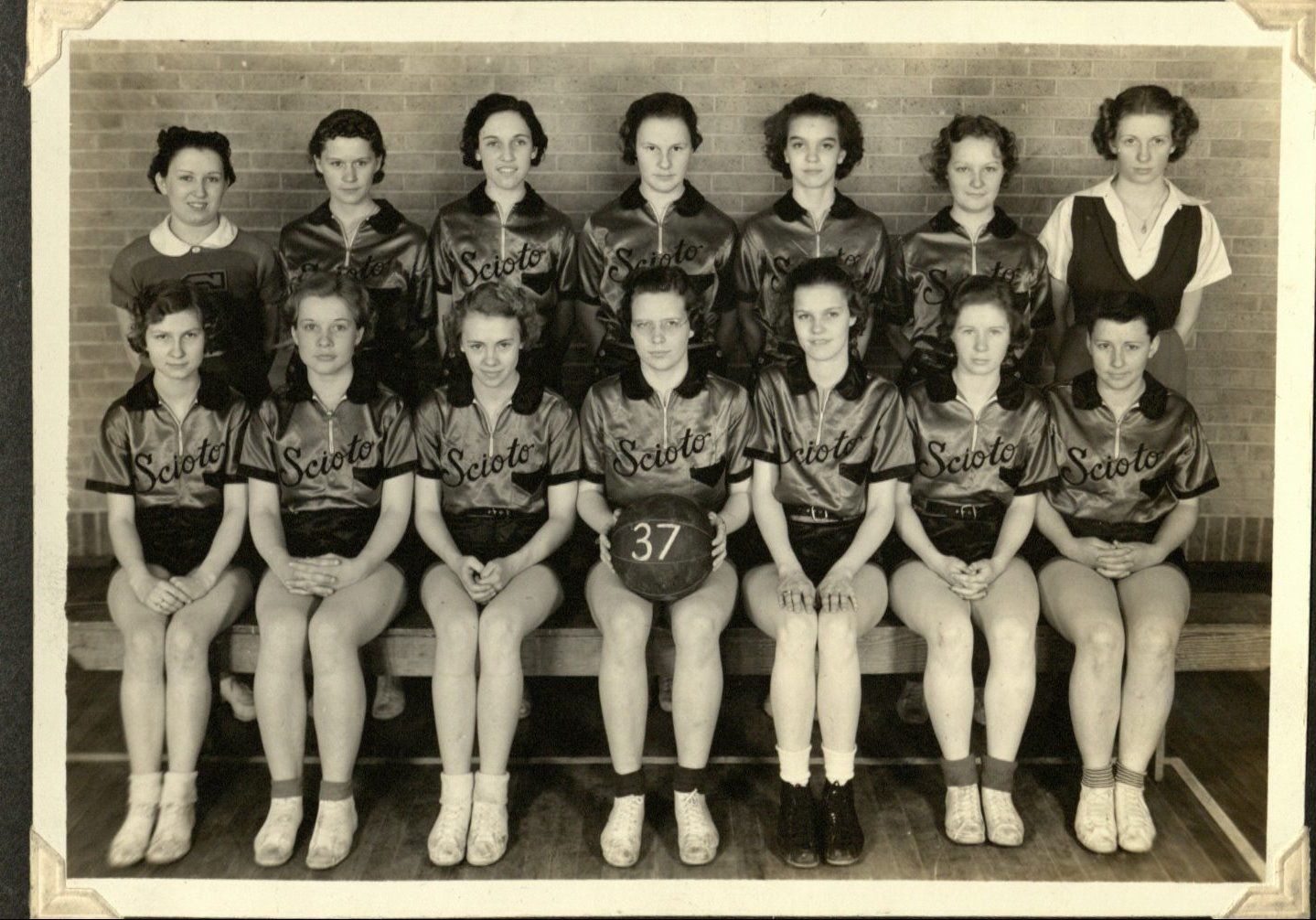
The Spring Street YMCA (later called the East Side YMCA when it moved off of Spring Street) also advocated for the rights and needs of its African American constituents. For example, in 1954, the Board of Management of the East Side YMCA petitioned the Columbus YMCA to allow their students to attend the same summer camps as white students at other Columbus branches. Leaders from the East Side YMCA, such as director Nelson Newsom, were involved in discussions with national YMCA leaders about ways to further integrate the national organization’s staff and mission.
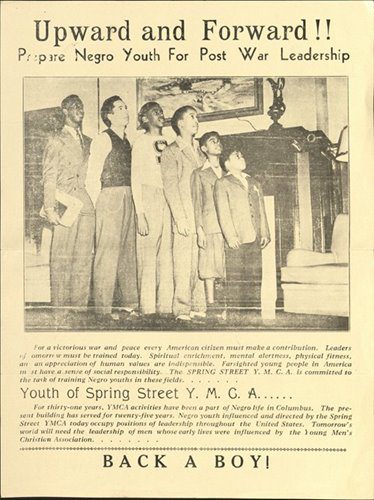
You can learn more about the East Side YMCA by checking out their papers here at the Ohio History Connection. They are cataloged under the number MSS 401 AV.
Many communities across the country have a YMCA, but each YMCA develops differently based on the community’s needs. The East Side YMCA’s papers reflect the very real needs, desires, and interests of the people it served.
The East Side YMCA is still active on the Near East Side of Columbus today. It is now known as the Eldon and Elsie Ward Family YMCA (see MSS 402 at the Ohio History Connection Archives/Library for more on E.E. Ward).
Is there an organization like the East Side YMCA in your community? Where does your community congregate? Let us know in the comments below!